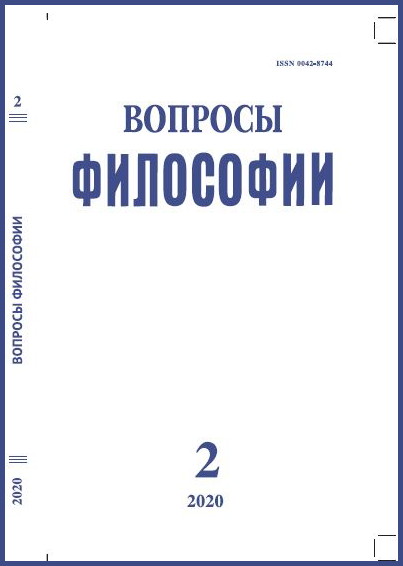The History of Japanese Buddhism in Konjaku monogatari-shū. Part II: Persons Who Built Pagodas And Established Rites; Famous Laymen Who Entered The Buddha Path*
DOI:
https://doi.org/10.21146/0042-8744-2020-2-120-132Keywords:
Japanese Buddhism, setsuwa tales, Konjaku monogatari-shū, history of Japan, Buddhist rites, Japanese literatureAbstract
Volume 11 of Konjaku monogatari-shū (1120s) contains tales about the beginning of Buddhism in Japan and the construction of the temples. It is followed by the legends about the construction of pagodas, establishment of rites, making statues of Buddhas and other pious deeds (first part of vol. 12). In this latter section vows and their solving play the key role, since they make ties between personal stories of the characters and the history of Buddhism in Japan. The source for most tales about the rites establishment is Sambō Ekotoba (X c.), but in Konjaku the tales are not arranged according to the calendar year. Narrator pays his attention not to the supply of all necessary rites for the community, but to the various ways of inclusion of different people into Buddhist tradition through sacred texts and rites related with these texts. The point is that the list of devotees is never fully completed, it’s always open, so as the new persons can be added with their new intentions and plans. Volume 19 continues a personal stories theme with the tales about the reasons of the “arousal of mind”, hosshin, and of the decision to become a monk. The characters of these tales are people of quite different origin: they can be the emperor’s relatives, noblemen, warriors, their attendants or common people. They put their leaving the secular life behind not as the change of social status (from lay people to monks) but as a choice of the new aim of their existence, that lies somewhere behind this world, often in the future life. The tales about taking the veil by famous writers and poets are of special interest here because they link the history of Buddhism in Japan with the history of Japanese literature.

